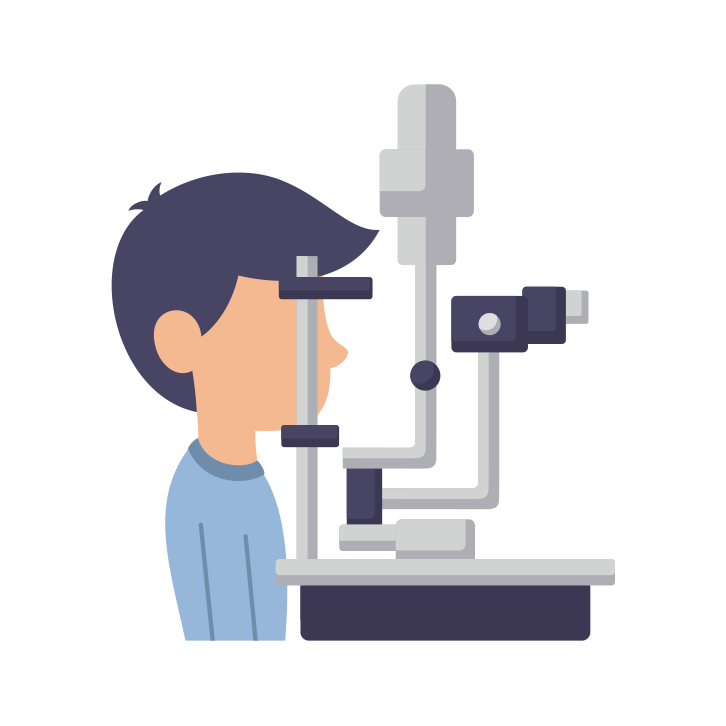
behavioural optometry
Behavioural Optometry
A child’s vision can have a huge impact on the rest of their lives.
Untreated visual acuity and eye muscle problems can greatly affect the learning abilities of children. As[T1] many as one in four Australian children suffer from undiagnosed eye problems that may lead to learning difficulties and delays.
Vision is a key sense, if not the most important sense, used in classrooms and plays a major role in core competencies such as spelling, reading, writing and board work. These tasks may be basic but they are tackled daily by students whose visual skills do not meet up to the demands required. Children need to see and interpret the visual information they receive. Most of these tasks are often at less than an arm’s length from the eyes.
Standard eye tests at most optometrist don’t always pick up on these issues.
A Behavioural Optometrist will also assess how a child processes visual information, how the two eyes are teaming together and whether there are any visual related learning difficulties.
Children not only need good eyesight to see clearly, but an additional set of skills to assist with scanning and focusing, to help with their learning, including comprehension.
If these skills have been poorly developed, learning not only becomes more difficult, but students most often react in one of the following ways:
a) Avoidance of near visual work
b) Reduced understanding of reading,
c) Short attention span and focus
d) Misbehaving in class
e) Adaptations such as short sidedness or suppression of vision
DDT Dyslexia assessment
The Dyslexia Determination Test (DDT) will determine the three fundamental types of dyslexia and its seven permutation patterns.
The test is in three parts; the first one involves checking for written reversals of numbers and letters. The second part tests the mode of decoding words: eidetic or phonetic. The third and last part consists of assessing whether encoding is eidetic or phonetic.
The three fundamental types of dyslexia:
Dysnemkinesia (motor)
This represents a deficit in remembering how to perform the movements required for writing.
For example:
The student will make reversals such as writing ‘b’ instead of ‘d’.
Dysphonesia (auditory)
This represents a deficit in the ability to sound off, syllabicate, pronounce and distinguish sounds of any unfamiliar words.
For example:
The student reads ‘house’ instead of ‘home’.
The student writes ‘aminal’ instead of ‘animal’.
Dyseidesia (visual)
This represents a deficit in the ability to recognise whole words by sight and match them to whole-word sounds.
For example:
The student reads ‘ball’ instead of ‘bell’.
The student writes ‘enuf’ instead of ‘enough’.






